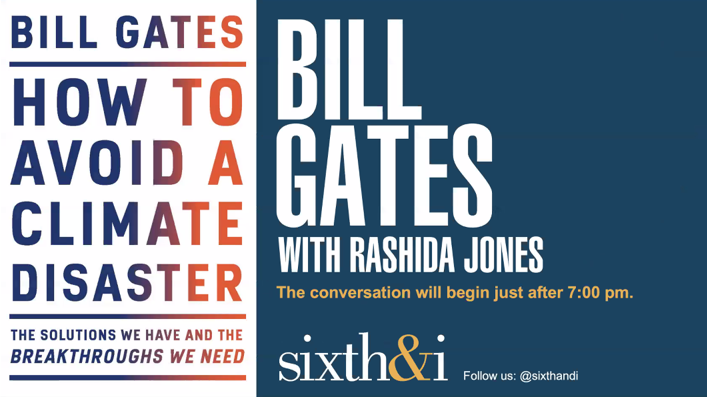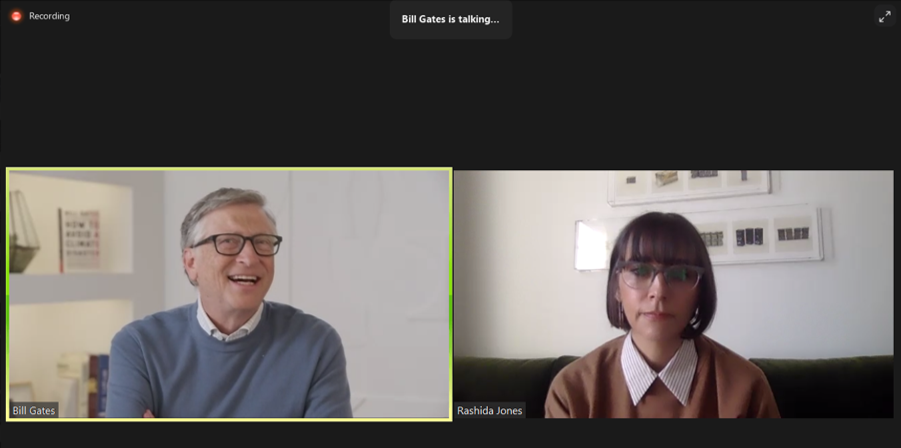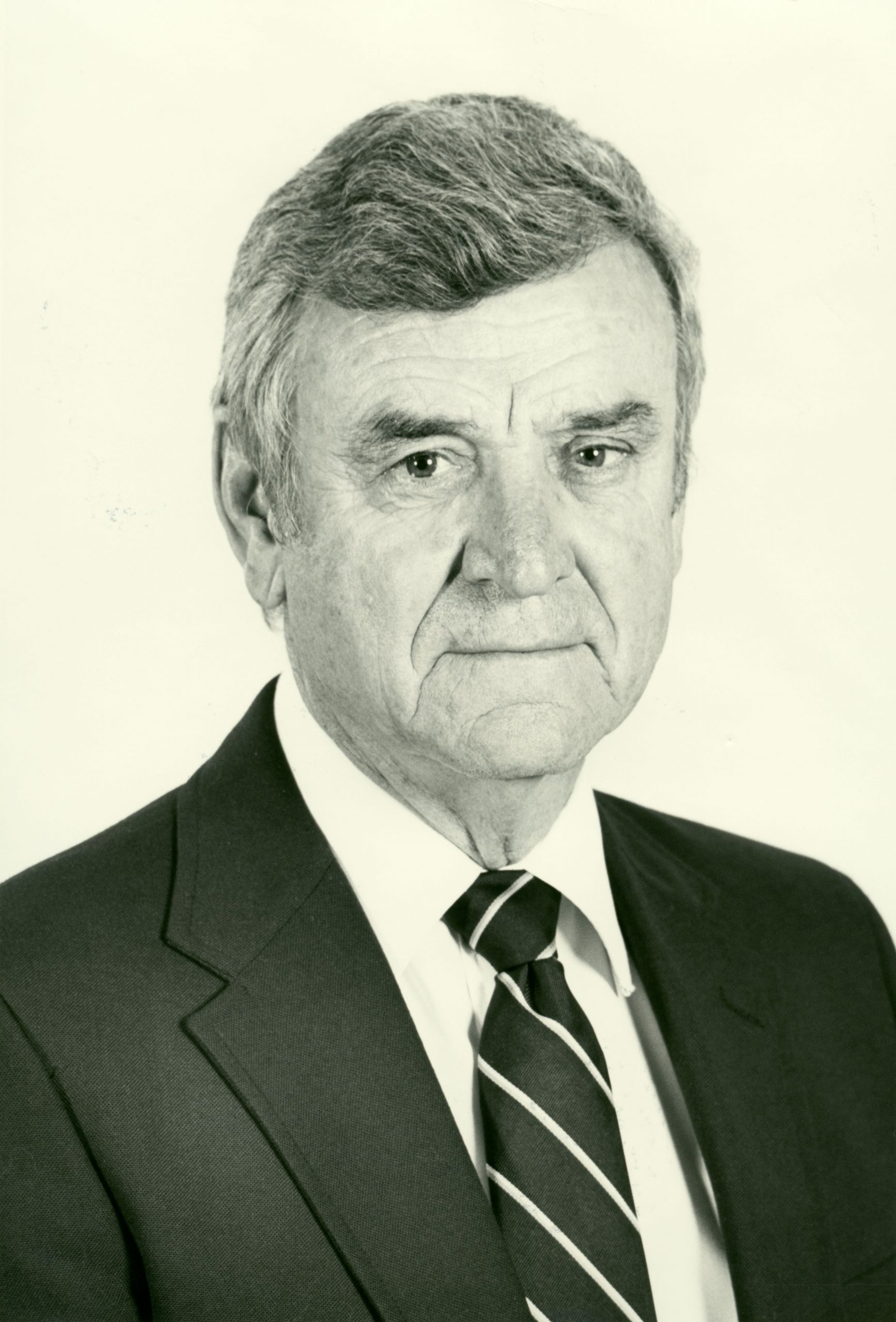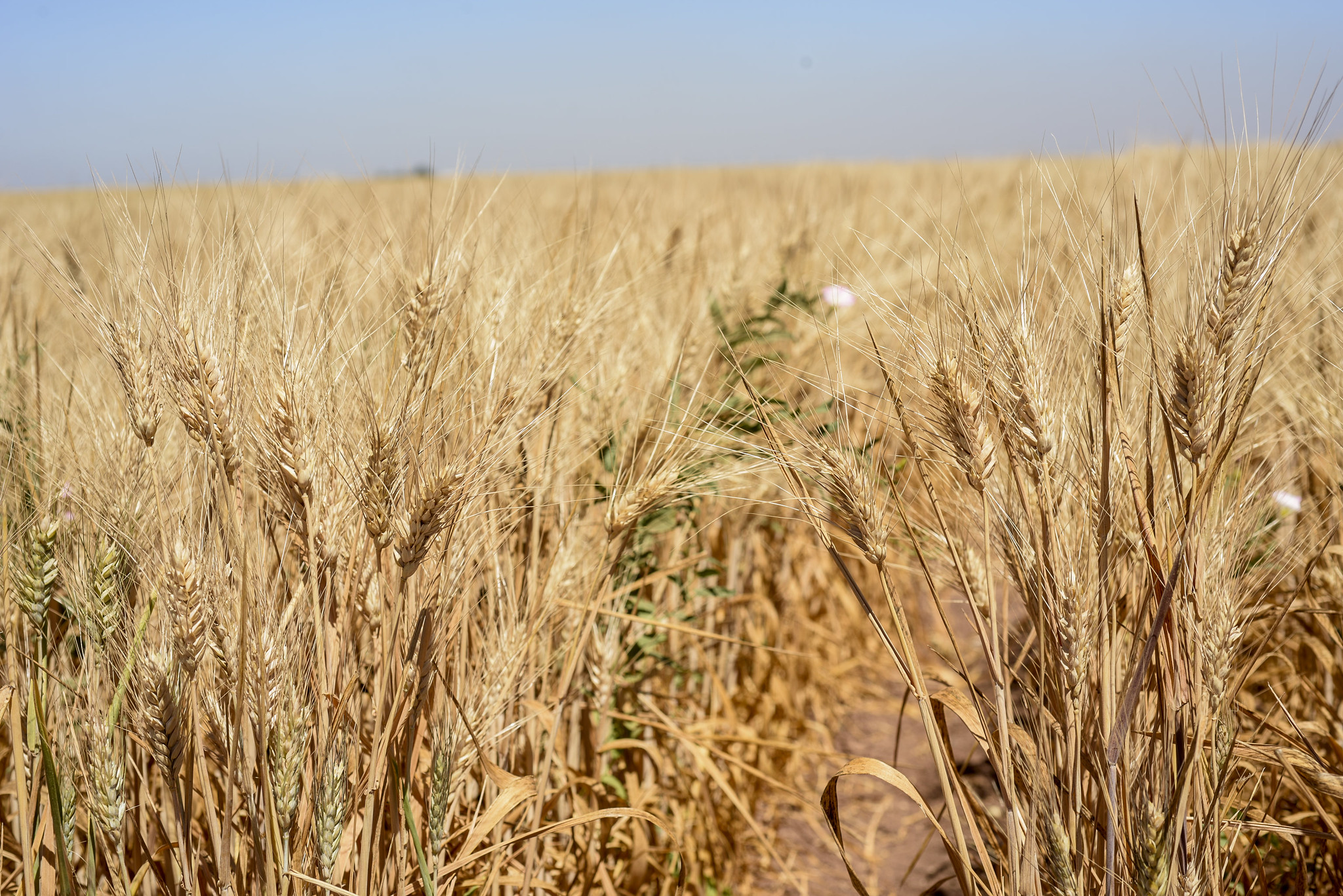 Global thought leader, philanthropist and one of the International Maize and Wheat Improvement Center (CIMMYT) and CGIAR’s most vocal and generous supporters, Bill Gates, wrote a book about climate change and is now taking it around the world on a virtual book tour to share a message of urgency and hope.
Global thought leader, philanthropist and one of the International Maize and Wheat Improvement Center (CIMMYT) and CGIAR’s most vocal and generous supporters, Bill Gates, wrote a book about climate change and is now taking it around the world on a virtual book tour to share a message of urgency and hope.
With How to Avoid a Climate Disaster, Gates sets out a holistic and well-researched plan for how the world can get to zero greenhouse gas emissions in time to avoid a climate catastrophe. Part of this plan is to green everything from how we make things, move around, keep cool and stay warm, while also considering how we grow things and what can be done to innovate agriculture to lower its environmental impact.
Interviewed by actor and producer Rashida Jones, Gates explained his passion for action against climate change: “Avoiding a climate disaster will be one of the greatest challenges us humans have taken on. Greater than landing on the moon, greater than eradicating smallpox, even greater than putting a computer on every desk.”
“The world needs many breakthroughs. We need to get from 51 billion tons [of greenhouse gases] to zero while still meeting the planet’s basic needs. That means we need to transform the way we do almost everything.”

Innovations in agriculture
When a book tour event attendee asked about the role of agriculture research in improving farmers’ livelihoods, Gates linked today’s challenge to that of the Green Revolution more than half a century ago. “There’s nothing more impactful to reduce the impacts of climate change than working on help for farmers. What we can do this time is even bigger than that. […] The most unfunded thing in this whole area is the seed research that has so much potential,” he said.
One such innovation and one of Gates’ favorite examples of CGIAR’s work is featured in Chapter 9 of his climate book – “Adapting to a warmer world” – and has been the source of generous funding from the Bill & Melinda Gates Foundation: drought-tolerant maize. “[…] as weather patterns have become more erratic, farmers are at greater risk of having smaller maize harvests, and sometimes no harvest at all. So, experts at CGIAR developed dozens of new maize varieties that could withstand drought conditions, each adapted to grow in specific regions of Africa. At first, many smallholder farmers were afraid to try new crop varieties. Understandably so. If you’re eking out a living, you won’t be eager to take a risk on seeds you’ve never planted before, because if they die, you have nothing to fall back on. But as experts worked with local farmers and seed dealers to explain the benefits of these new varieties, more and more people adopted them,” writes Gates.
We at CIMMYT are very proud and humbled by this mention as in collaboration with countless partners, CIMMYT and the International Institute of Tropical Agriculture (IITA) developed and promoted these varieties across 13 countries in sub-Saharan Africa and contributed to lifting millions of people above the poverty line across the continent.
For example, in Zimbabwe, farmers who used drought-tolerant maize varieties in dry years were able to harvest up to 600 kilograms more maize per hectare — enough for nine months for an average family of six — than farmers who sowed conventional varieties.
The world as we know it is over and, finally, humanity’s fight against climate change is becoming more and more mainstream. CIMMYT and its scientists, staff, partners and farmers across the globe are working hard to contribute to a transformation that responds to the climate challenge. We have a unique opportunity to make a difference. It is in this context that CGIAR has launched an ambitious new 10-year strategy that echoes Gates’s hopes for a better environment and food security for the generations to come. Let’s make sure that it ticks the boxes of smallholder farmers’ checklists.

 Gender equality, youth and social inclusion
Gender equality, youth and social inclusion 
